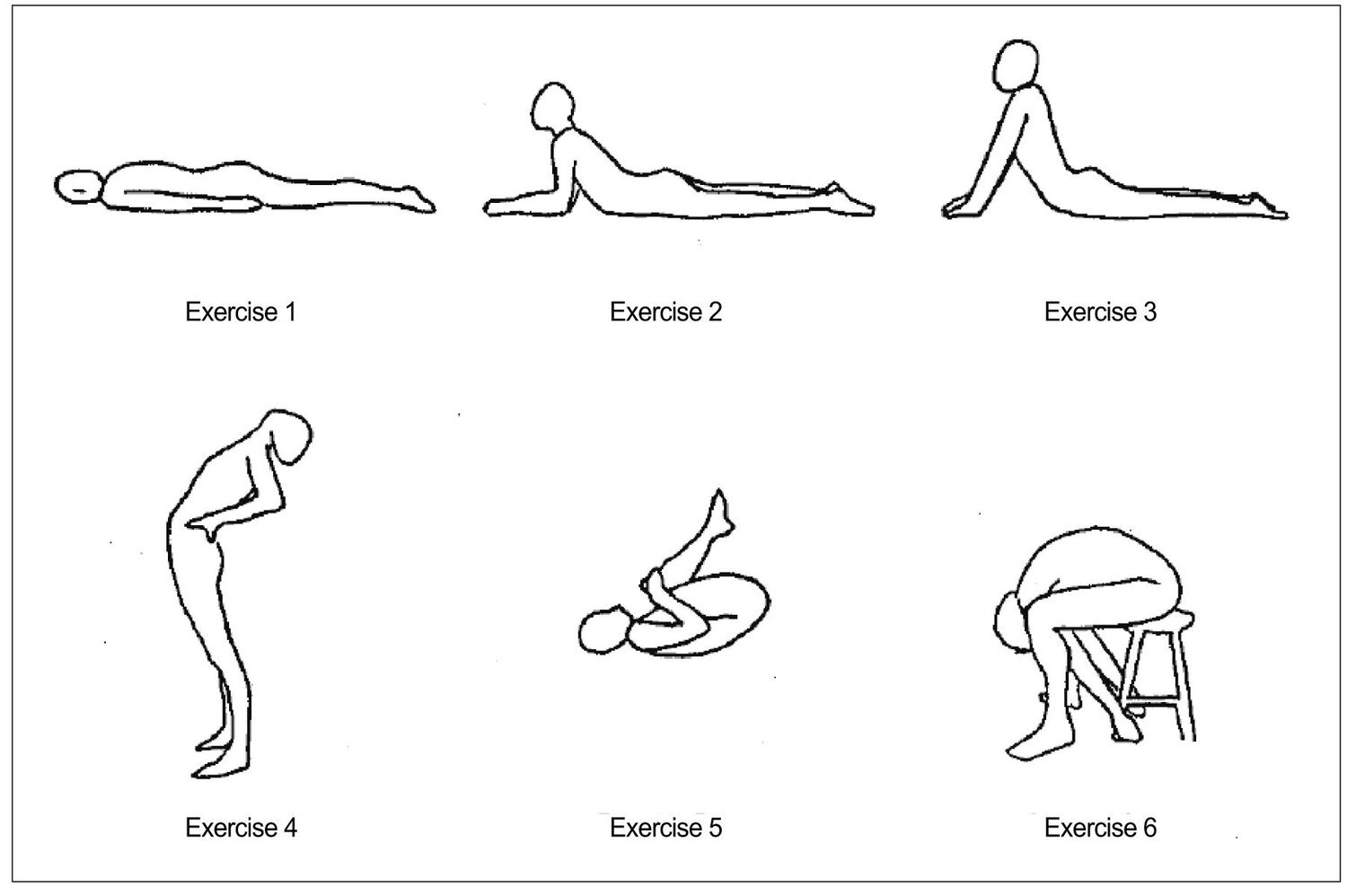Managing low back pain, incorporating chiropractic care, the McKenzie method, and exercises from McGill's Big 3
Understanding Low Back Pain:
Low back pain is a prevalent condition that can result from various factors such as muscle strain, poor posture, injury, or underlying medical conditions. It can range from mild discomfort to severe, debilitating pain. Common injuries to the low back include: muscle strain, ligament sprain, SI joint dysfunction, disc bulge, disc herniation, sciatica, piriformis syndrome and more!
Chiropractic Care:
Chiropractic care focuses on diagnosing and treating musculoskeletal disorders, particularly those affecting the spine and extremities. Chiropractors use hands-on spinal manipulation and other alternative treatments to restore the body's musculoskeletal structure, aiming to alleviate pain and improve function.
Chiropractic care at our office can include several modalities including: Dry Needling, Acupuncture, Active Release, Webster Technique, Spinning Babies and more.
It is our focus to help our patients through their complaint while educating them on the why they may be having their condition and exercises/ rehab they can perform to provide long term relief.
Benefits of Chiropractic Care for Low Back Pain:
- Pain Relief: Chiropractic adjustments can help relieve acute and chronic low back pain by decreasing joint restriction and muscular tension on the spine and reducing pressure on nerves.
- Improved Function: By restoring proper spinal joint movement, chiropractic care at our office can allow for better movement, function and ability to perform rehab/exercise.
- Prevention: Regular chiropractic adjustments may help prevent future episodes of low back pain by addressing underlying issues, promoting spinal health and working together through a long term strength/mobility plan.
McKenzie Method:
The McKenzie method, developed by physiotherapist Robin McKenzie, focuses on self-directed exercises and movements to centralize and alleviate pain. It emphasizes finding the optimal spinal position to reduce pressure on affected structures and promote healing.
Benefits of the McKenzie Method for Low Back Pain:
- Centralization of Pain: The McKenzie method aims to centralize pain from the extremities back to the spine, indicating improved healing and reduced nerve irritation.
- Self-management: Patients can learn specific exercises and techniques to manage their low back pain independently, empowering them to take an active role in their recovery.
- Long-term Relief: By addressing underlying mechanical issues and promoting proper spinal alignment, joint mobility, rehab, exercise and the McKenzie method can provide long-term relief and prevent recurrence of low back pain.
Mckenzie Extension Exercises 1-4
McGill's Big 3 Exercises:
Dr. Stuart McGill's Big 3 exercises focus on strengthening the core muscles, particularly those that support the spine, to improve stability and reduce the risk of low back pain.
The Big 3 Exercises:
1. McGill Curl-up: Lie on your back with one knee bent and the other leg straight. Place your hands under the arch of your lower back for support. Slowly lift your head and shoulders off the ground, keeping your lower back pressed into your hands. Hold for a few seconds, then lower back down. Repeat on the other side.
2. Side Plank: Lie on your side with your elbow directly beneath your shoulder and legs stacked on top of each other. Lift your hips off the ground, creating a straight line from your head to your feet. Hold this position for as long as you can, then switch sides.
3. Bird Dog: Start on your hands and knees with your wrists aligned under your shoulders and knees under your hips. Extend one arm straight out in front of you and the opposite leg straight back, maintaining a neutral spine. Hold for a few seconds, then return to the starting position and repeat on the other side.
Mcgill’s Big 3
Incorporating Chiropractic Care, McKenzie Method, and McGill's Big 3:
1. Consultation: Before starting any exercise program or treatment plan, consult with a qualified healthcare professional, such as a chiropractor or physical therapist, to assess your condition and create a personalized plan.
2. Chiropractic Adjustments: Begin with a series of chiropractic adjustments to address joint restrictions contributing to your low back pain.
3. McKenzie Assessment: When appropriate, an assessment should be performed to determine the best exercises and techniques for your specific condition.
4. McGill's Big 3: Incorporate McGill's Big 3 exercises into your daily routine to strengthen your core muscles and improve spinal stability. Start with a few repetitions of each exercise and gradually increase as tolerated.
5. Consistency and Progression: Consistently perform your prescribed exercises and treatments, gradually progressing as your strength and mobility improve. Health, wellness and longevity is a lifelong goal, stay consistent and don’t give up!
6. Self-management: Learn self-management techniques from the McKenzie method to alleviate pain and prevent recurrence independently.
7. Follow-up: Schedule regular follow-up appointments with your healthcare provider to monitor progress and make any necessary adjustments to your treatment plan.
By combining chiropractic care, the McKenzie method, and exercises from McGill's Big 3, you can effectively manage low back pain, improve spinal health, and enhance overall well-being. Remember to listen to your body, follow your healthcare provider's recommendations, and seek assistance if needed throughout your journey to a healthier back.
We would love to help you!
- Team IC


